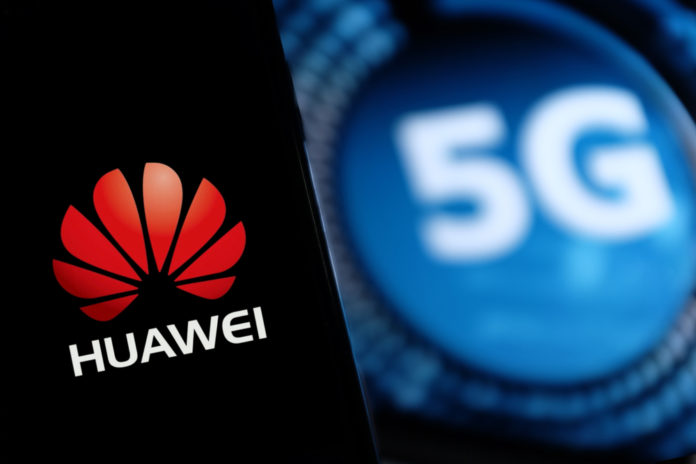To “combat the national security and intellectual property threats that face the United States,” section 889(a)(1)(B) of the John S. McCain National Defense Authorization Act for FY 2019 (Pub. L. 115-232) prohibits executive agencies from “entering into, or extending or renewing, a contract with an entity that uses any equipment, system, or service that uses covered telecommunications equipment or services as a substantial or essential component of any system, or as critical technology as part of any system.” The latest development implements a substantial expansion of the prohibition beyond direct government procurement of “covered telecommunications equipment or services” to a prohibition against contracting with entities that use the covered equipment or services, even when unrelated to specific performance of a government contract.
The statute defines “covered telecommunications equipment or services” as follows:
- Telecommunications equipment produced by Huawei Technologies Company or ZTE Corporation (or any subsidiary or affiliate of such entities);
- For the purpose of public safety, security of government facilities, physical security surveillance of critical infrastructure, and other national security purposes, video surveillance and telecommunications equipment produced by Hytera Communications Corporation, Hangzhou Hikvision Digital Technology Company, or Dahua Technology Company (or any subsidiary or affiliate of such entities);
- Telecommunications or video surveillance services provided by such entities or using such equipment; or
- Telecommunications or video surveillance equipment or services produced or provided by an entity that the Secretary of Defense, in consultation with the Director of National Intelligence or the Director of the Federal Bureau of Investigation, reasonably believes to be an entity owned or controlled by, or otherwise connected to, the government of a covered foreign country.
To implement section 889(a)(1)(B) of the statute, the Federal Acquisition Regulation (FAR) Council published a much-anticipated interim rule on July 14, 2020. The first interim rule added a representation to the provision at FAR 52.204-24(d)(2), Representation Regarding Certain Telecommunications and Video Surveillance Services or Equipment, which required offerors to represent on an offer-by-offer basis if the offeror “does” or “does not” use covered telecommunications equipment or services, or use any equipment, system, or service that uses covered telecommunications equipment or services, and if it does, require the offeror to provide additional disclosures.
On August 27, 2020, the FAR Council issued a second interim rule to further implement section 889(a)(1)(B) and reduce the “burden on the public” by allowing an offeror that represents that it “does not” use covered services or equipment in an annual representation under FAR 52.204-26(c)(2) or FAR 52.212-3(v)(2)(ii) to skip the offer-by-offer representation required by FAR 52.204-24(d)(2) (see above). Offerors should, however, be mindful that certain solicitations for requirements at a “high risk” for including covered telecommunications equipment or services may be subject to class deviations and may still require the representations in FAR 52.204-24 on an offer-by-offer basis.
The FAR Council states that updates to the System for Award Management (SAM) were necessary to add this new annual representation and require offerors to represent annually, after conducting a “reasonable inquiry,” whether it uses covered telecommunications equipment or services, or any equipment, system, or service that uses covered telecommunications equipment or services. These updates to SAM were not available by the effective date of the first interim rule and, thus, they are being made in the second interim rule.
Reprinted with permission. Originally published by Bradley Arant Boult Cummings LLP. Copyright 2019.




